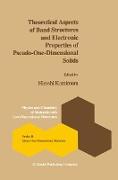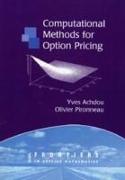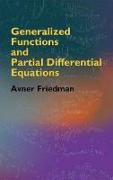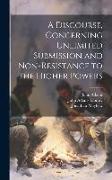Theoretical Aspects of Band Structures and Electronic Properties of Pseudo-One-Dimensional Solids
BücherAngebote / Angebote:
This volume presents a sequence of articles which describe the theoretical treat ments of investigating the fundamental features in the electronic structures and properties of typical quasi-one-dimensional solids, organic conductor TTF-TCNQ, polyacetylene, metallic and superconducting polymer (SN)n and linear chain chal cogenides and halides of transition elements including NbSe3' The aim of this volume is not to present an exhaustive review but rather to touch on a selective class of problems which appear to be fundamental for typical quasi-one-dimensional solids. Thus the topics in this volume are rather confined to the key basic properties of quasi-one-dimensional systems. The quasi-one-dimensional solids are one of the most extensively investigated subjects in current physics, chemistry and materials science. These materials are unique in attracting a broad range of scientists, chemists, experimental and theore tical physicists, materials scientists and engineers. In 1954 Frohlich constructed a theory of superconductivity based on a one-dimensional model of moving charge density waves. In 1955 Peierls predicted that anyone-dimensional metal is unstable against the distortion of a periodic lattice so that a metal-nonmetal transition occurs at a certain temperature for a one-dimensional metal. According to these theories a gap is opened at the Fermi surfaces of one-dimensional conductors at low tempera tures and the charge density wave is created in connection with the occurrence of the gap.
Folgt in ca. 5 Arbeitstagen




